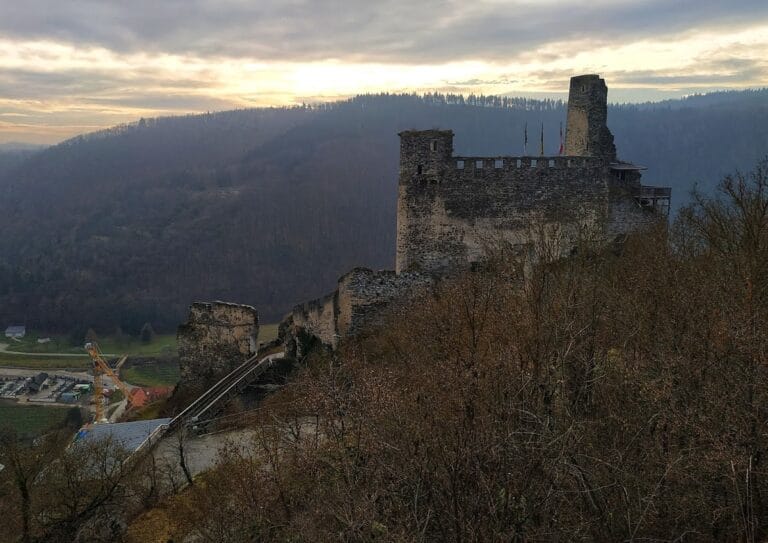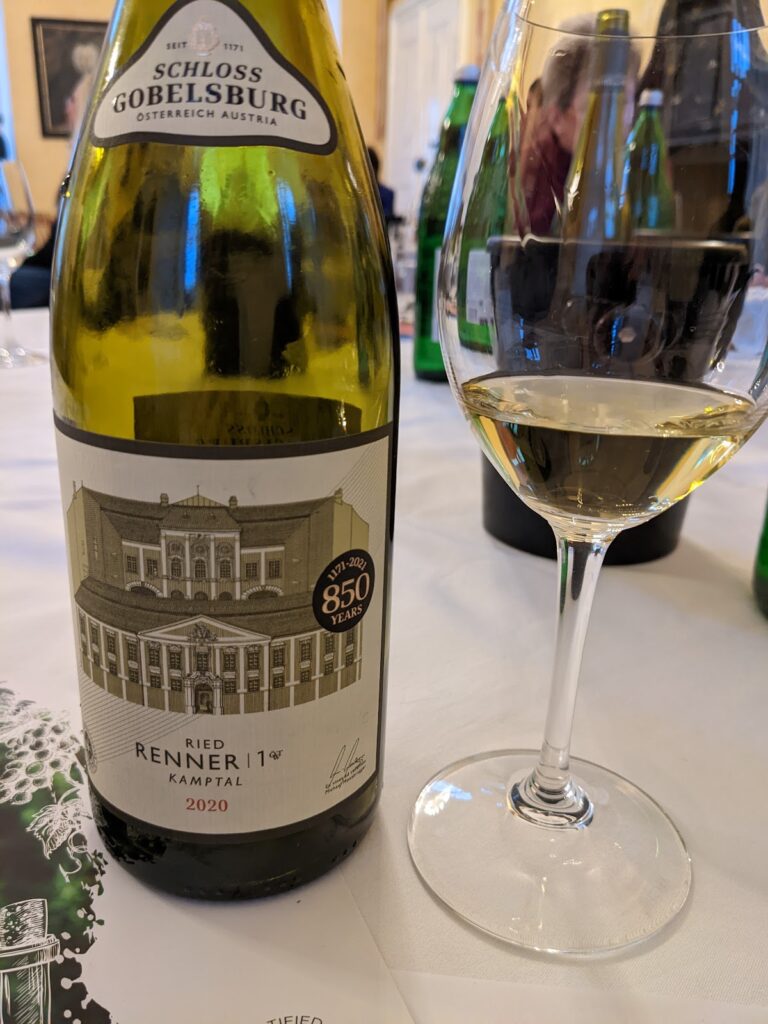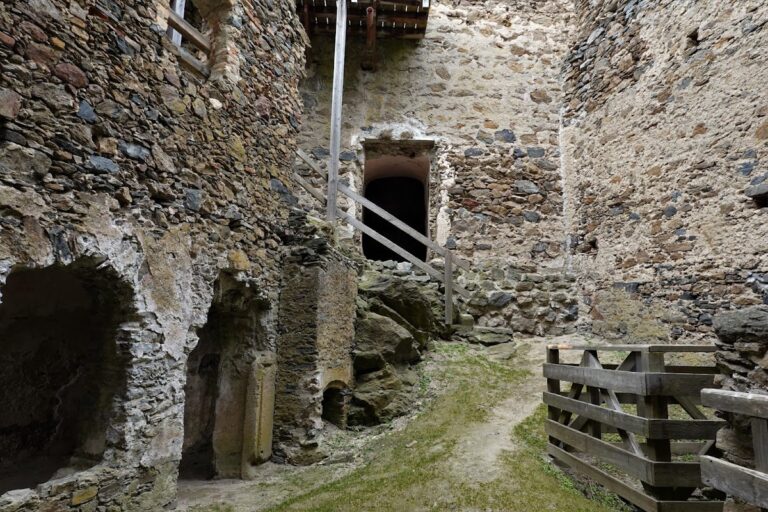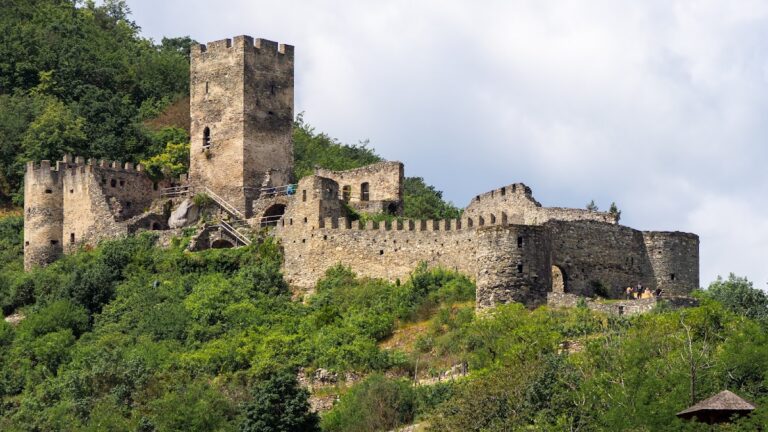Burgruine Rehberg: A Medieval Castle Ruin in Krems an der Donau, Austria
Visitor Information
Google Rating: 4.5
Popularity: Very Low
Google Maps: View on Google Maps
Country: Austria
Civilization: Unclassified
Remains: Military
History
Burgruine Rehberg is a medieval castle ruin situated above the Krems River near the village of Rehberg within the municipality of Krems an der Donau, Austria. The castle was constructed in the medieval period, with its earliest records dating back to the 12th century and associated with local noble families of that time.
The castle first appears in historical documents from 1141, identifying individuals connected to the site, including Otto “de Lengenpach” and his brothers, who bore the surnames “de Rehperch” and “de Purchstalle,” suggesting that these early noble lineages were linked to the castle. The ownership remained with the Lengenbach family until the death of Otto IV, the last of that line. Afterward, in 1235, the lordship transferred to the Babenberg dynasty, a significant ruling house of Austria during the High Middle Ages. The castle’s church, dedicated to Saint John, is documented in 1316 under the name “chapelle ze Rechperch,” indicating an established religious presence alongside the fortress.
During the early 14th century, Burgruine Rehberg entered a notable phase of political significance when it formed part of the dowry for Agnes of Hungary. Agnes, widow of King Andreas III of Hungary and daughter of Albert I of Habsburg, reportedly used the castle as a residence on occasion. Upon her death in 1364, Rudolf IV of Habsburg planned to donate the castle to the Vienna Cathedral chapter, but this transfer was not completed because the property was an imperial fief, meaning it remained under the direct authority of the emperor.
Following these Habsburg connections, management of the castle passed to burgraves—official guardians or governors appointed to oversee royal estates—and it was pledged to various noble families. From 1410 to 1451, the Grabners held control, followed by a period in which the castle was transferred with official imperial consent to the Eyczing brothers and Georg Mühlwanger until 1479. Emperor Frederick III tasked the city of Krems with redeeming the castle in return for civic privileges, after which administration shifted to provincial stewards acting on behalf of imperial authority.
In 1501, the castle was sold by Emperor Maximilian I to Hans von Sacher zu Weissenstein, marking a transition into private noble ownership. Ownership changed again during the 16th and early 17th centuries when the Protestant Thonradl family possessed the castle between around 1520 and 1650. Later, it came into the hands of Ludwig Count von Kuefstein, who undertook significant renovation, converting the then-declining defensive structure into a residence fit for noble living.
From 1688 onward, ownership of the castle became more volatile, with frequent changes among several noble families. Known owners during this period included David Ungnad von Weißenwolf, the Counts of Salburg, Johann Ernst von Glanz, the von Hoheneck brothers along with Johann Nepomuk Drexler, Vinzenz von Salzgeber, a Baroness von Reichel, and Count von Falkenhayn. Eventually, Count von Falkenhayn sold the property to the local municipality of Rehberg. Beginning in 1822, parts of the castle were dismantled, contributing to its gradual decline.
In the mid-19th century, ownership passed to the Freiherren von Sina family from 1847 and later to the Gutmann family from 1884 until 1966. Since then, the site has been under the stewardship of an association dedicated to the cultural renewal of Krems. The castle church has served as a filial, or subsidiary, church to the parish of Imbach since 1783, reflecting its continued religious role despite the castle’s ruinous state.
Remains
The ruins of Burgruine Rehberg occupy a distinctive spur-like ridge projecting northwestward toward the village of Rehberg. This elevated position offers natural protection, with steep rocky slopes enclosing the site on nearly all sides. The only accessible approach lies along a narrow land bridge on the mountain side, connecting the fortress to the area historically known as Alt-Rehberg.
On the lower southeastern terrace of this projecting ridge stands the castle’s former church, dedicated to Saint John. This structure functioned as a clergy point for the surrounding community and remains a notable feature of the site. The church’s presence highlights the close relationship between the castle’s defensive and religious functions.
The main castle area retains the character of a ruin, evidencing its long history of construction, use, and gradual decline. Starting in the early 19th century, sections of the castle were deliberately dismantled, which contributed to its current fragmentary condition. The construction materials originally employed are not detailed in historical records, but the arrangement on the rocky spur suggests a design adapted to the natural terrain, maximizing defensive advantage.
Today, the remnants stand as markers of the past occupancy and represent the layers of ownership and usage spanning several centuries. While precise architectural features such as gates, stairways, or inscriptions have not been specifically documented, the ruin’s placement and surviving elements testify to its strategic and communal importance in the region’s medieval and post-medieval history.










